 The Characteristics Of A Good School
The Characteristics Of A Good School
by Terry Heick
For professional development around this idea or others you read about on TeachThought, contact us.
When a society changes, so then must its tools.
Definitions of purpose and quality must also be revised continuously. What should a school “do”? Be? How can we tell a good school from a bad one?
This really starts at the human level, but that’s a broader issue. For now, let’s consider that schools are simply pieces of larger ecologies. The most immediate ecologies they participate in are human and cultural. As pieces in (human) ecologies, when one thing changes, everything else does as well. When it rains, the streams flood, the meadows are damp, the clovers bloom, and the bees bustle. When there’s drought, things are dry, and stale, and still.
When technology changes, it impacts the kinds of things we want and need. Updates to technology change what we desire; as we desire new things, technology changes to seek to provide them. The same goes for–or should go for–education. Consider a few of the key ideas in progressive education. Mobile learning, digital citizenship, design thinking, collaboration, creativity, and on a larger scale, digital literacy,1:1, and more are skills and content bits that every student would benefit from exposure to and mastery of. As these force their way into schools and classrooms and assignments and the design thinking of teachers, this is at the cost of “the way tings were.”
When these “things” are forced in with little adjustment elsewhere, the authenticity of everything dies. The ecology itself is at risk.
The Purpose Of School In An Era Of Change
What should schools teach, and how? And how do we know if we’re doing it well? These are astoundingly important questions–ones that must be answered with social needs, teacher gifts, and technology access in mind. Now, we take the opposite approach. Here’s what all students should know, now let’s figure out how we can use what we have to teach it. If we don’t see the issue in its full context, we’re settling for glimpses.
How schools are designed and what students learn–and why–must be reviewed, scrutinized, and refined as closely and with as much enthusiasm as we do the gas mileage of our cars, the downloads speeds of our phones and tablets, or the operating systems of our watches. Most modern academic standards take a body-of-knowledge approach to education. This, to me, seems to be a dated approach to learning that continues to hamper our attempts to innovate.
Why can’t education, as a system, refashion itself as aggressively as the digital technology that is causing it so much angst? The fluidity of a given curriculum should at least match the fluidity of relevant modern knowledge demands. Maybe a first step in pursuit of an innovative and modern approach to teaching and learning might be to rethink the idea of curriculum as the core of learning models?
Less is more is one way to look at it, but that’s not new–power standards have been around for years. In fact, in this era of information access, smart clouds, and worsening socioeconomic disparity, we may want to consider whether we should be teaching content at all, or rather teaching students to think, design their own learning pathways, and create and do extraordinary things that are valuable to them in their place?
Previously we’ve assumed that would be the effect–that if students could read and write and do arithmetic and compose arguments and extract the main idea and otherwise master a (now nationalized) body of knowledge, that they’d learn to think and play with complex ideas and create incredible things and understand themselves in the process. That the more sound and full their knowledge background was, the greater the likelihood that they’ll create healthy self-identities and be tolerant of divergent thinking and do good work and act locally and think globally and create a better world.
A curriculum-first school design is based on the underlying assumption that if they know this and can do this, that this will be the result. This hasn’t been the case. We tend to celebrate school success instead of people success. We create “good schools” that graduate scores of students with very little hope for the future. How can that possibly be? How can a school call itself “good” when it produces students that don’t know themselves, the world, or their place in it?
So then, here’s one take on a new definition for a “good school.”
The Characteristics Of A Good School
A good school will improve the community it is embedded within and serves.
A good school can adapt quickly to human needs and technology change.
A good school produces students that not only read and write, but choose to.
A good school sees itself.
A good school has diverse and compelling measures of success–measures that families and communities understand and value.
A good school is full of students that don’t just understand “much,” but rather know what’s worth understanding.
A good school knows it can’t do it all, so seeks to do what’s necessary exceptionally well.
A good school improves other schools and cultural organizations it’s connected with.
A good school is always on and never closed. (It is not a factory.)
A good school makes certain that every single student and family feels welcome and understood on equal terms.
A good school is full of students that not only ask great questions, but do so with great frequency and ferocity.
A good school changes students; students change great schools.
A good school understands the difference between broken thinking and broken implementation.
A good school speaks the language of its students.
A good school doesn’t make empty promises, create noble-but-misleading mission statements, or mislead parents and community-members with edu-jargon. It is authentic and transparent.
A good school values its teachers and administrators and parents as agents of student success.
A good school favors personalized learning over differentiated learning.
A good school teaches thought, not content.
A good school makes technology, curriculum, policies, and its other “pieces” invisible. (Ever go to a ballet and see focus on individual movements?)
via TEACH/THOUGHT
A good school is disruptive of bad cultural practices. These include intolerance based on race, income, faith, and sexual preference, aliteracy, and apathy toward the environment.
A good school produces students that know themselves in their own context, one that they know and choose. This includes culture, community, language, and profession.
A good school produces students that have personal and specific hope for the future that they can articulate and believe in and share with others.
A good school produces students that can empathize, critique, protect, love, inspire, make, design, restore, and understand almost anything–and then do so as a matter of habit.
A good school will erode the societal tendency towards greed, consumerism, and hording of resources we all need.
A good school is more concerned with cultural practices than pedagogical practices–students and families than other schools or the educational status quo.
A good school helps student separate trivial knowledge from vocational knowledge from academic knowledge from applied knowledge from knowledge-as-wisdom.
A good school will experience disruption in its own patterns and practices and values because its students are creative, empowered, and connected, and cause unpredictable change themselves.
A good school will produce students that can think critically–about issues of human interest, curiosity, artistry, craft, legacy, husbandry, agriculture, and more–and then do so.
A good school will help students see themselves in terms of their historical framing, familial legacy, social context, and global connectivity.
43.320902
21.895759
 Plagiarism in many instances should be shunned and punished; at the same time, it has been at the heart of cultural life for centuries, bringing much good and much pleasure. The great plagiarists have committed no crime. And there is the “added value” argument, which many find persuasive. But there is a further question to raise, and in many ways it is the most interesting.
Plagiarism in many instances should be shunned and punished; at the same time, it has been at the heart of cultural life for centuries, bringing much good and much pleasure. The great plagiarists have committed no crime. And there is the “added value” argument, which many find persuasive. But there is a further question to raise, and in many ways it is the most interesting.
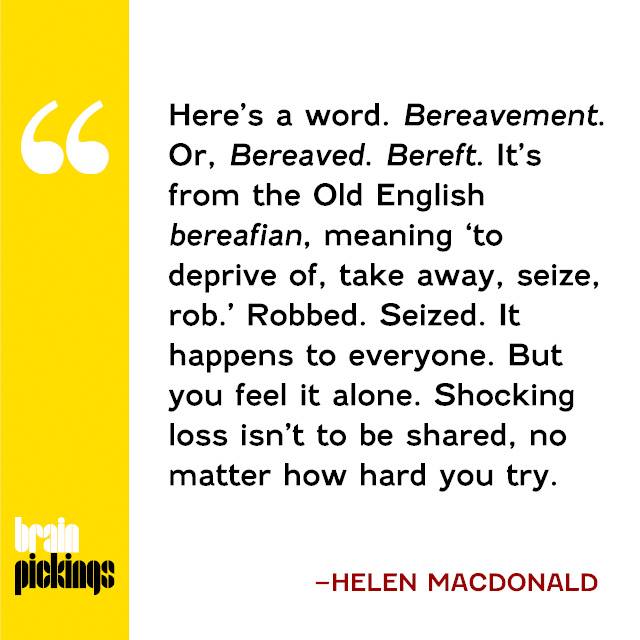 In the modern world where, whether we like it or not, English has become a universal language of communication, it is of immense importance to master the standard language skills. This will help you communicate with the individuals worldwide being it professionally or privately. During my 18 years of teaching experience and attending a variety of seminars, conferences, round tables and workshops, I have learned that the key to success is the communication. Why? The right choice of words carry the power and vibration that open up the way up. Do not bereave, deprive,rob or take away from yourselves this opportunity. 🙂
In the modern world where, whether we like it or not, English has become a universal language of communication, it is of immense importance to master the standard language skills. This will help you communicate with the individuals worldwide being it professionally or privately. During my 18 years of teaching experience and attending a variety of seminars, conferences, round tables and workshops, I have learned that the key to success is the communication. Why? The right choice of words carry the power and vibration that open up the way up. Do not bereave, deprive,rob or take away from yourselves this opportunity. 🙂






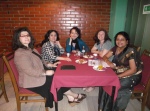
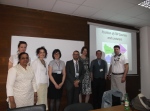
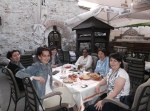
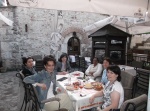
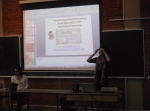
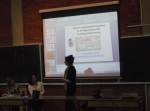
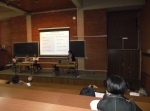
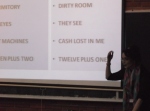
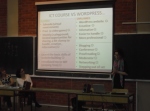
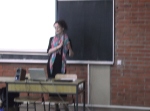









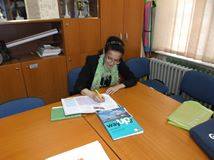

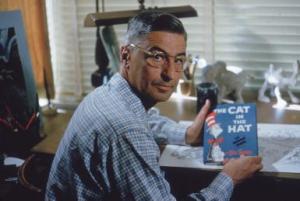
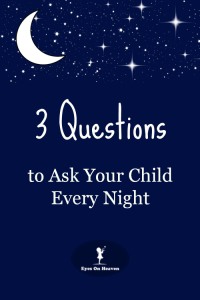


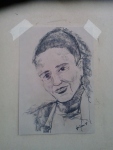
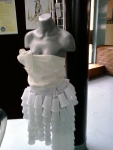
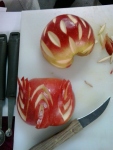
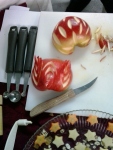

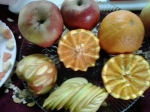

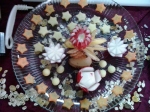
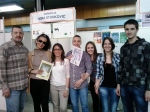

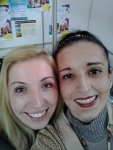





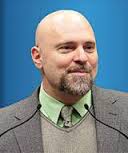
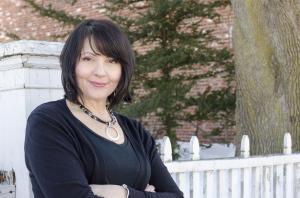
 Increasingly teachers are speaking out against school reforms that they believe are demeaning their profession, and some are simply quitting because they have had enough.
Increasingly teachers are speaking out against school reforms that they believe are demeaning their profession, and some are simply quitting because they have had enough.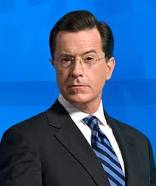

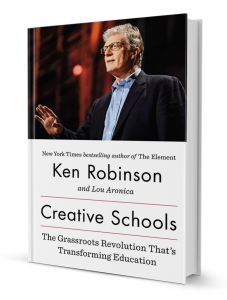
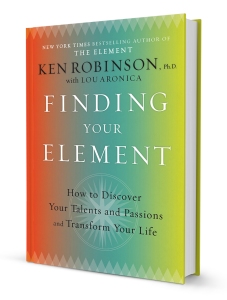































































 are many great scientists, but certainly one of the greatest is Nikola Tesla, who is often referred to as “the man who invented the 20th century”. He is less famous than Albert Einstein or Thomas Edison, but his contribution to mankind is simply immeasurable.
are many great scientists, but certainly one of the greatest is Nikola Tesla, who is often referred to as “the man who invented the 20th century”. He is less famous than Albert Einstein or Thomas Edison, but his contribution to mankind is simply immeasurable.








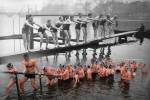

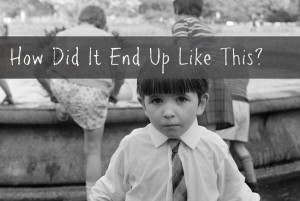


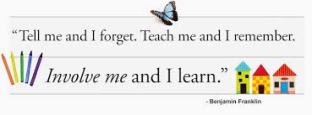

 West Yorkshire, UK
West Yorkshire, UK